PROTECT YOUR DNA WITH QUANTUM TECHNOLOGY
Orgo-Life the new way to the future Advertising by AdpathwayZone 2 perennials are adapted to the coldest regions of North America. To survive, they must endure winter temperatures below -50°F (-46°C). At these temperatures, plants accustomed to zones 4 and above would die quickly.
Besides the cold, zone 2 perennials endure long nights with barely any sunshine for months. They establish their roots deep in the ground to absorb water below the frozen tundra. Most of these plants grow low to the ground to avoid the extreme wind chill.
In spring and summer, these gorgeous perennials awaken and put on impressive flowers and wispy foliage. They’ll come up before any annual to bring some much-needed life to your outdoor spaces.
Let’s dive into 11 gorgeous perennials for zone 2 and below. Plant these impressive and resilient plants for long-lasting foliage for extreme cold.
False Spirea
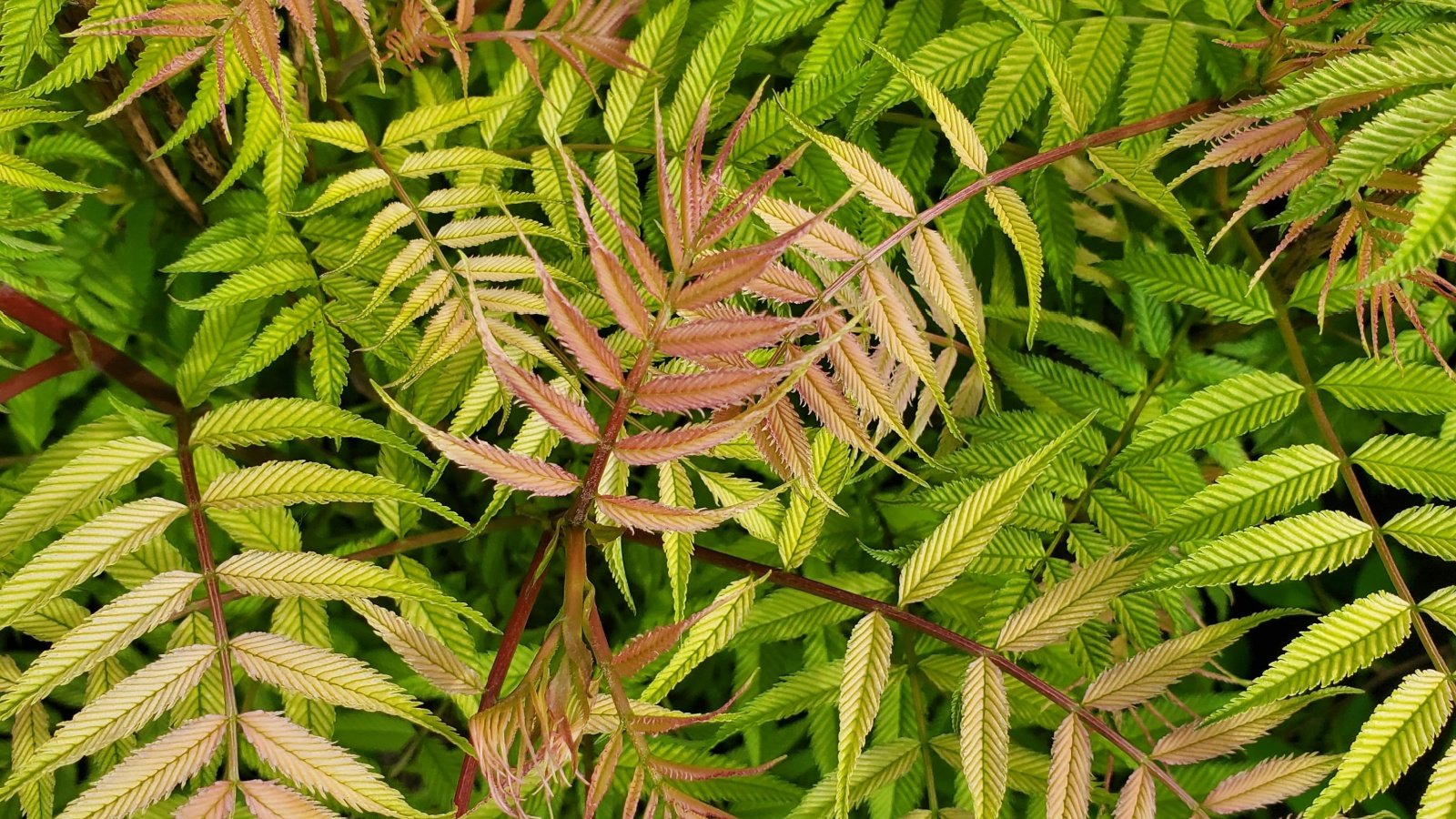 Beautiful multi-hued foliage is the highlight of false spirea.
Beautiful multi-hued foliage is the highlight of false spirea. False spirea is a cold-hardy shrub that can survive brutal winters. It has beautiful compound leaves and showy white pinnacle flowers that bloom in summer.
Grow this perennial as a hedge or as natural erosion control. It prefers clay soil with plenty of organic matter. Make sure it has good drainage.
One of the best characteristics of false spirea is its ability to attract pollinators. It also has few issues with pests and diseases. The one problem to watch out for is aggressive growth. If your plant is overgrowing, remove its suckers and prune heavily.
Siberian Pea Shrub
 Pollinators go crazy for the yellow flowers of the Siberian pea shrub.
Pollinators go crazy for the yellow flowers of the Siberian pea shrub. Siberian pea shrub is an excellent perennial food source for cold climates. It grows 3 to 5 inch leaves in the summer and pods of yellow flowers in June and July. It’s native to Siberia but grows throughout Canada and the northern US.
Plant this large perennial shrub in areas with full sun. It can tolerate a variety of soil types, even the least productive. Once established, you’ll hardly have to maintain this fast-growing hedge. Those in the Midwest parts of zone 2 should skip this one due to its invasive tendencies.
The Siberian pea shrub’s flowers are excellent for attracting pollinators. Its seeds are eaten by a variety of wildlife, including birds. It makes great wind protection and shelter for animals.
Purple Saxifrage
 Resilient purple saxifrage thrives even in rocky crevices.
Resilient purple saxifrage thrives even in rocky crevices. Purple saxifrage grows beautiful pink and purple clusters of flowers, even in the coldest tundra of North America. Its name saxifraga means “rock breaker” in Latin, which symbolizes its ability to grow on rocks and vertical cracks. It’s so resilient that it can flourish in winter temperatures below -40°F (-40°C).
Grow this remarkable plant as a colorful groundcover. It takes on almost any soil by growing a long taproot to access nutrients and water. It thrives in rocky, well-drained soil and full sun.
It’s one of the earliest bloomers in polar regions, usually around spring. It grows fast and is easy to propagate by seed. Its small flowers attract tons of beneficial insects like bees and small flies. You may even see large animals like deer and Arctic hares come to feast on its tiny flowers and foliage.
Goldenrod
 Cold-hardy flowers grow tall and add vibrant color to landscapes.
Cold-hardy flowers grow tall and add vibrant color to landscapes.Goldenrods may be one of the most cold-hardy perennials that you can grow in zones 1 and 2. Although they’re hardy to zone 2, you can push their limits with a little help from cold frames and mulching. They’re native to the Eastern US, and grow incredibly fast after germinating.
There are over 100 species to choose from. They each have brilliant gold or yellow flower clusters that explode in the late summer. They attract tons of beneficial pollinators and stand up to 6 feet tall. Some species are bushier and make excellent hedges for cold-weather gardens.
Sow your goldenrod seeds in the ground in fall, before the first severe frosts. In zone 1 areas, this may have to be late summer. When the ground thaws in spring, the rhizomes will shoot out new growth quickly. They’ll spread quickly via seed and you’ll have to trim them back to control their growth.
Daisy Fleabane
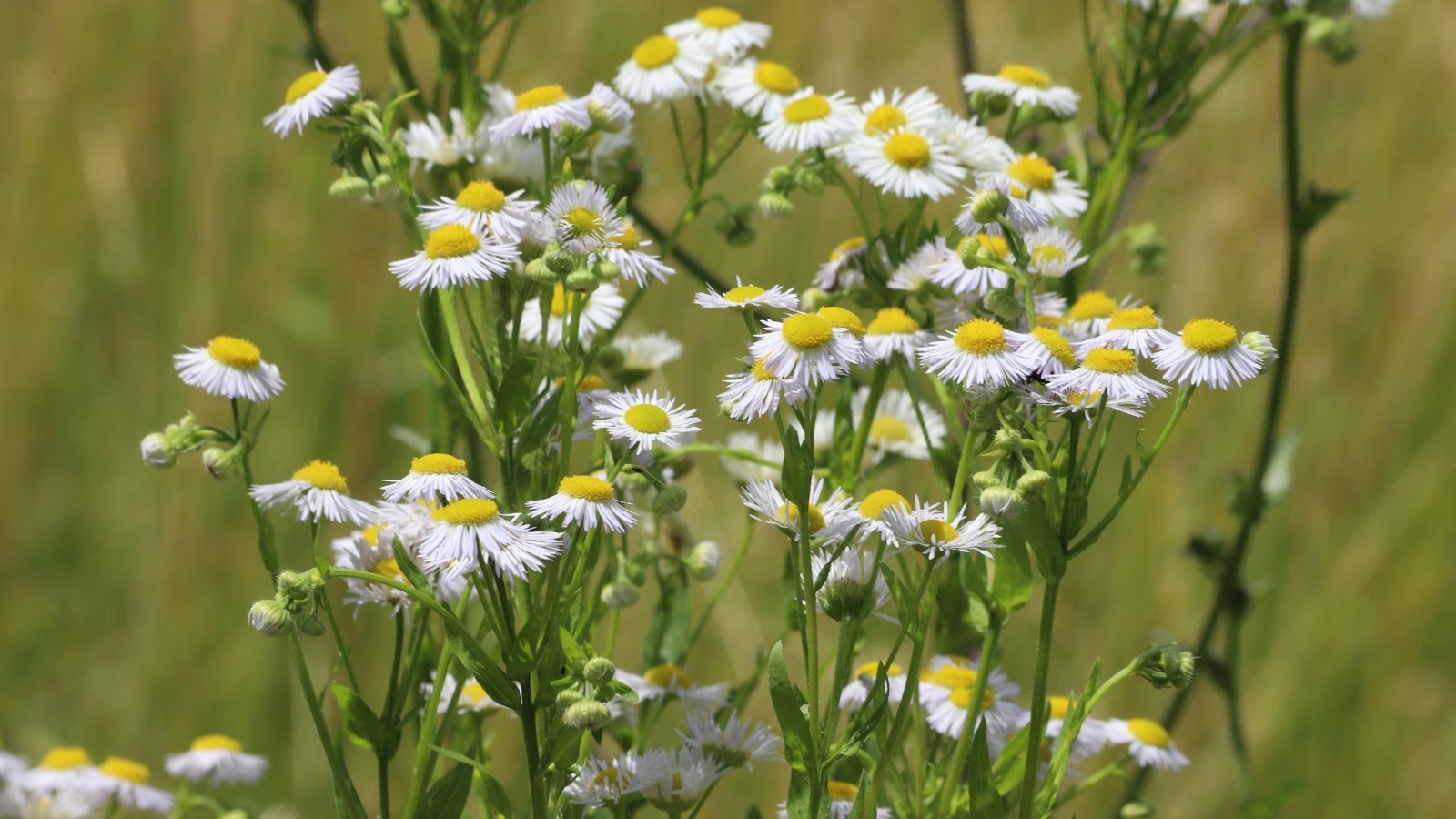 It survives tough winters and adds beauty to any garden.
It survives tough winters and adds beauty to any garden.Daisy fleabanes are some of the first perennial flowers to appear in spring in cold climates. They’re also one of the hardiest, surviving winters in zones 2 and possibly 1. If you live in places like Alaska, these gorgeous flowers should be on your planting list.
Like other cold-hardy perennials, daisy fleabanes produce long taproots that are known to survive forest fires and droughts. They also survive severe cold and long dark winters. These flowers are incredibly easy to grow and maintain. Either divide the plants or grow them by seed and they’ll take off with very little effort.
Canadian Roses
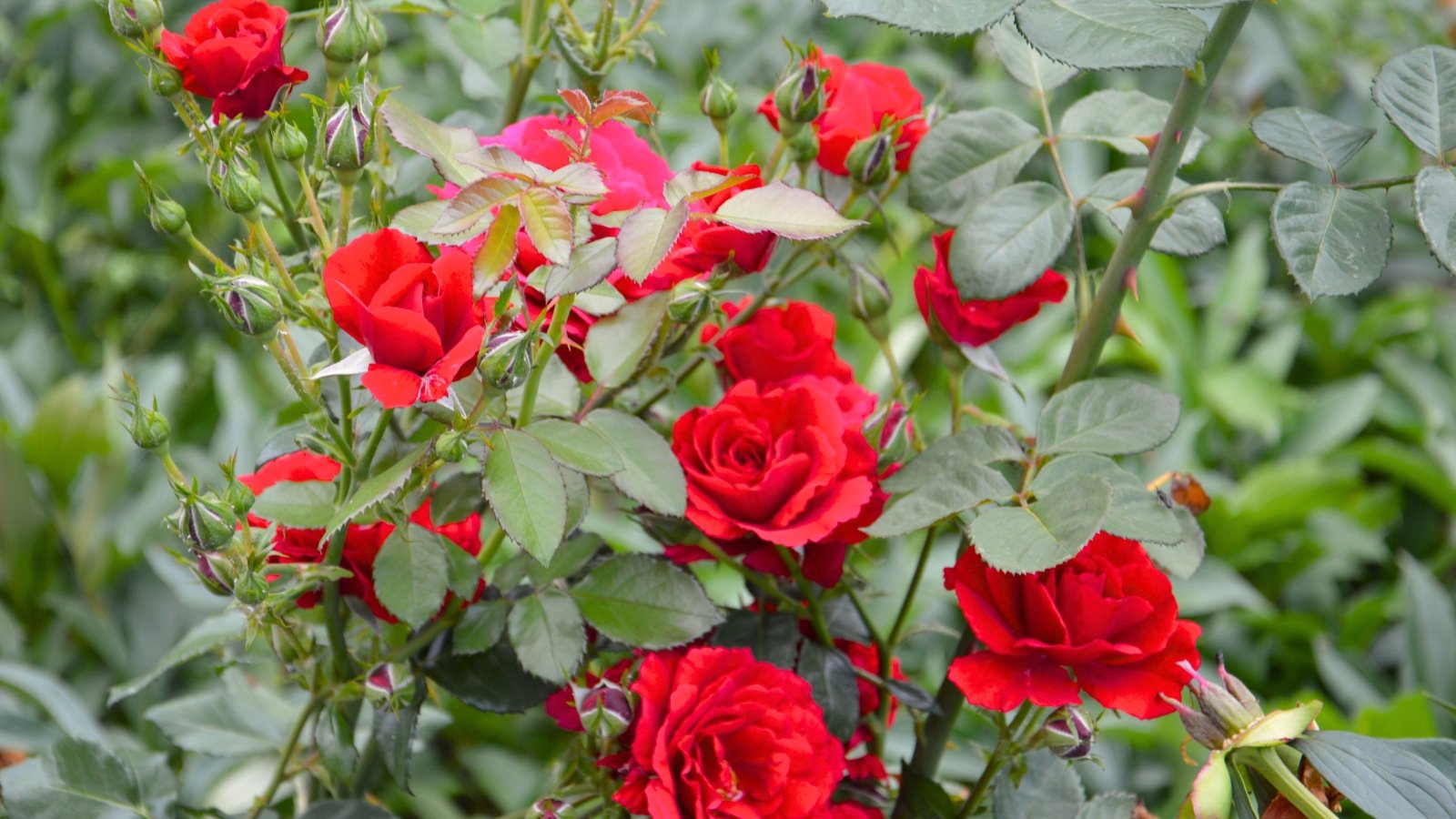 Hardy roses endure freezing temps and reward with beauty.
Hardy roses endure freezing temps and reward with beauty.Canadian roses are surprisingly resilient perennials for zones 2 and possibly 1. Some species and cultivars are more cold-hardy than others. These cold tolerant varieties include ‘Simon Fraser’, ‘William Baffin’, and ‘Morden Centennial’. They’ll grow remarkably well in some of the coldest regions of the US.
These perennial flowers will survive temperatures below -50°F (-46°C). In these extremes, they’ll hold up to long brutal nights and short growing seasons. When the temperatures warm in spring and summer, they’ll put on magnificent shows of color and enchanting fragrances.
Try to find bare root roses for the most cold-tolerant varieties at your nearest nursery. They’ll be easier to grow than starting roses from seed. Get them in the ground when the soil temperature is above 40°F (4°C). Choose a spot that gets between 6 to 8 hours of direct sunlight.
Iceland Poppies
 They come in a range of bright, cheerful colors.
They come in a range of bright, cheerful colors.Iceland poppies are early blooming flowers that are hard not to admire. They produce stunning blooms with neutral to bright colors. These zone 2 perennials can survive some of the coldest winters in the U.S., even in the central regions of Alaska and near the Arctic coast.
They grow up to 2 feet tall, with flowers up to 4 inches wide. They’re remarkably easy to grow and care for. Sub-zero temperatures, poor soil, and harsh winds are no match for these durable plants. The only weak point they have is an inability to tolerate high temperatures.
Contrary to their name, Iceland poppies are actually from the Arctic regions of North America and Asia, and the mountains of Central Asia. Overwinter them in fall and enjoy their majestic blooms as soon as spring arrives.
Haskap Berry
 Grow cold-hardy, sweet fruit with Haskap berry shrubs.
Grow cold-hardy, sweet fruit with Haskap berry shrubs.Haskap berry shrubs, also known as honeyberries, are beautiful shrubs that produce delicious fruit. It’s one of the most cold-hardy fruits you can grow. If you live in zone 2 areas with long winters and harsh sub-zero temperatures, these perennial shrubs will thrive.
They grow up to 6 feet tall and produce tubular yellow flowers in spring and early summer. They smell amazing and attract beneficial pollinators. After pollination, they develop long purple fruits that are delectably sweet and slightly tart. Eat them fresh or use them to make wine, jam, and sauces.
Plant them in an area with full sun or partial shade. Keep them evenly watered in well-drained soil that’s slightly acidic. They respond well when you amend their soil with plenty of compost. There are several varieties to choose from, each with their own sizes and fruit flavors.
Bearberry
 Edible berries and medicinal leaves make it a garden essential.
Edible berries and medicinal leaves make it a garden essential.Bearberry is one of the best low-growing perennial plants for the coldest gardens in the U.S. It will thrive in the coldest regions of Alaska, making it a go-to for zone 1 gardens with protection. It prefers the slightly warmer zone 2 regions to flourish. Once established, it produces brilliant evergreen leaves and pink flowers.
It has many medicinal properties and is an important ingredient in Native American medicine. The leaves make fantastic tea, and the berries are edible. They have a delicate flavor but are full of nutrients and antioxidants.
Besides being cold-hardy and useful, the plant is incredibly easy to grow. With virtually zero maintenance, it will thrive outdoors.
Key Takeaways
Zone 1 and 2 perennials can withstand the harshest winters. You’ll have no problem getting them to grow in your area, even in the extreme north of Alaska or Canada. Enjoy them throughout the year and plant them with your favorite annuals for the ultimate cold-climate garden.


 6 months ago
57
6 months ago
57
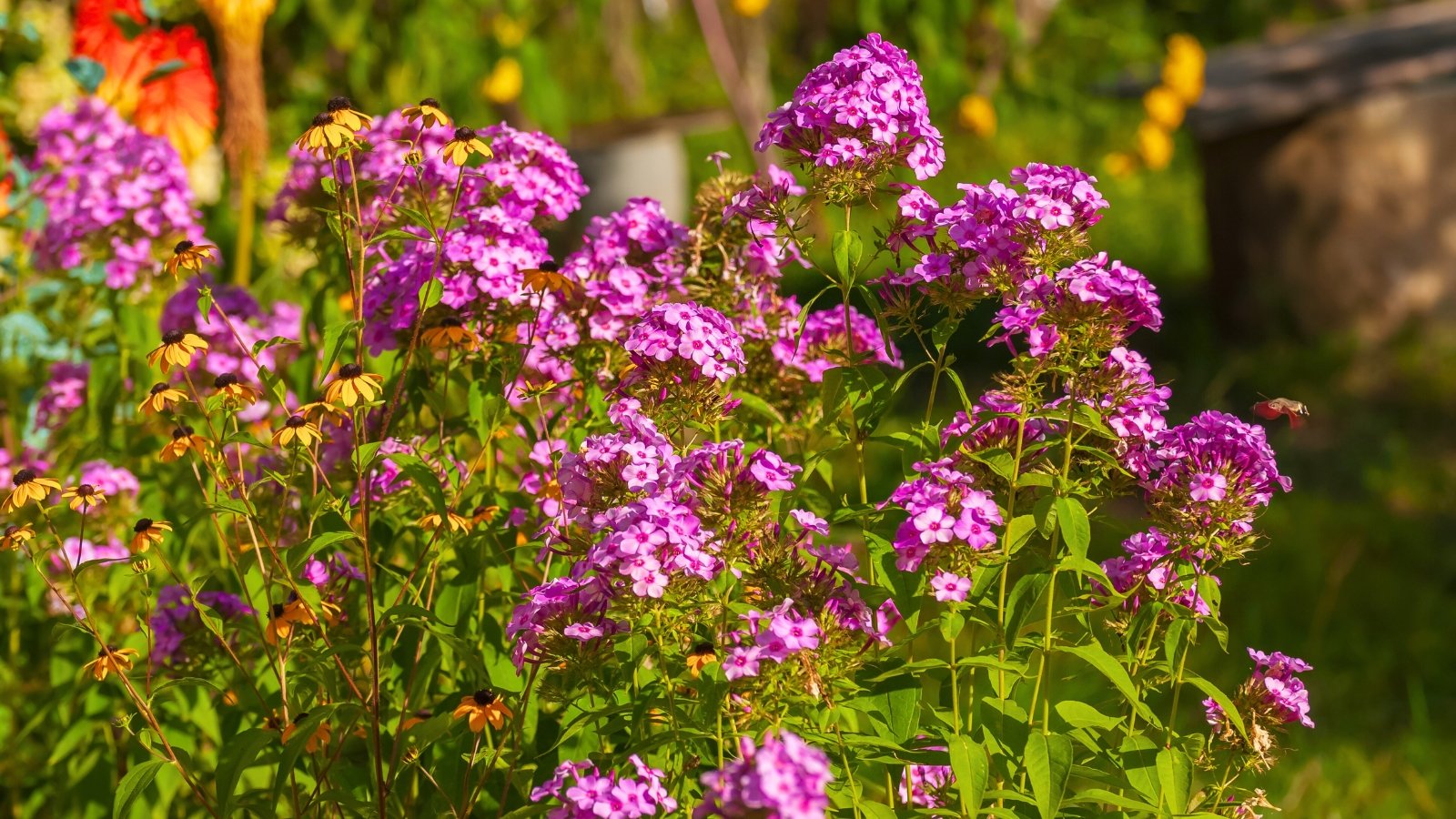




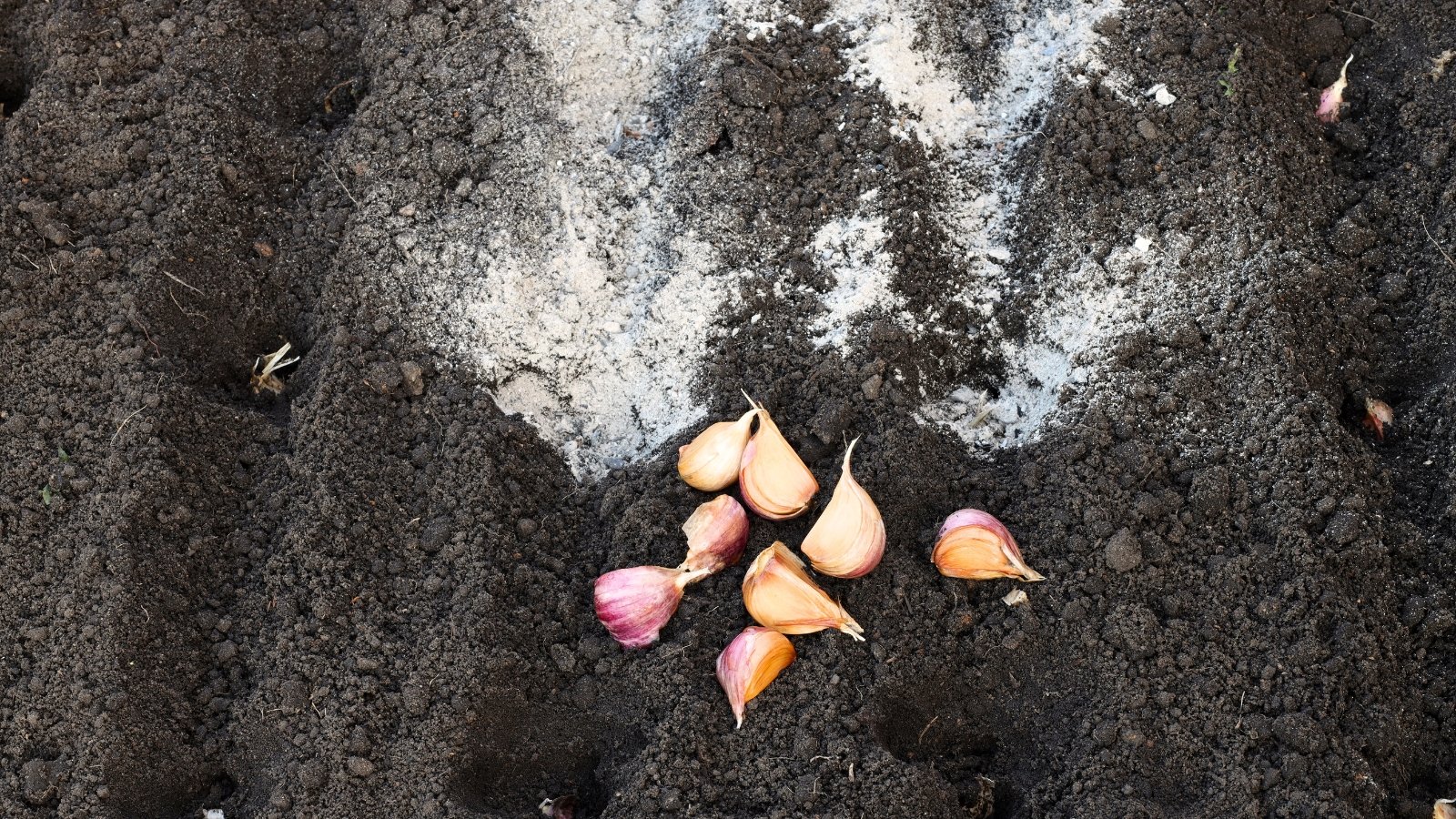















 English (US) ·
English (US) ·  French (CA) ·
French (CA) ·